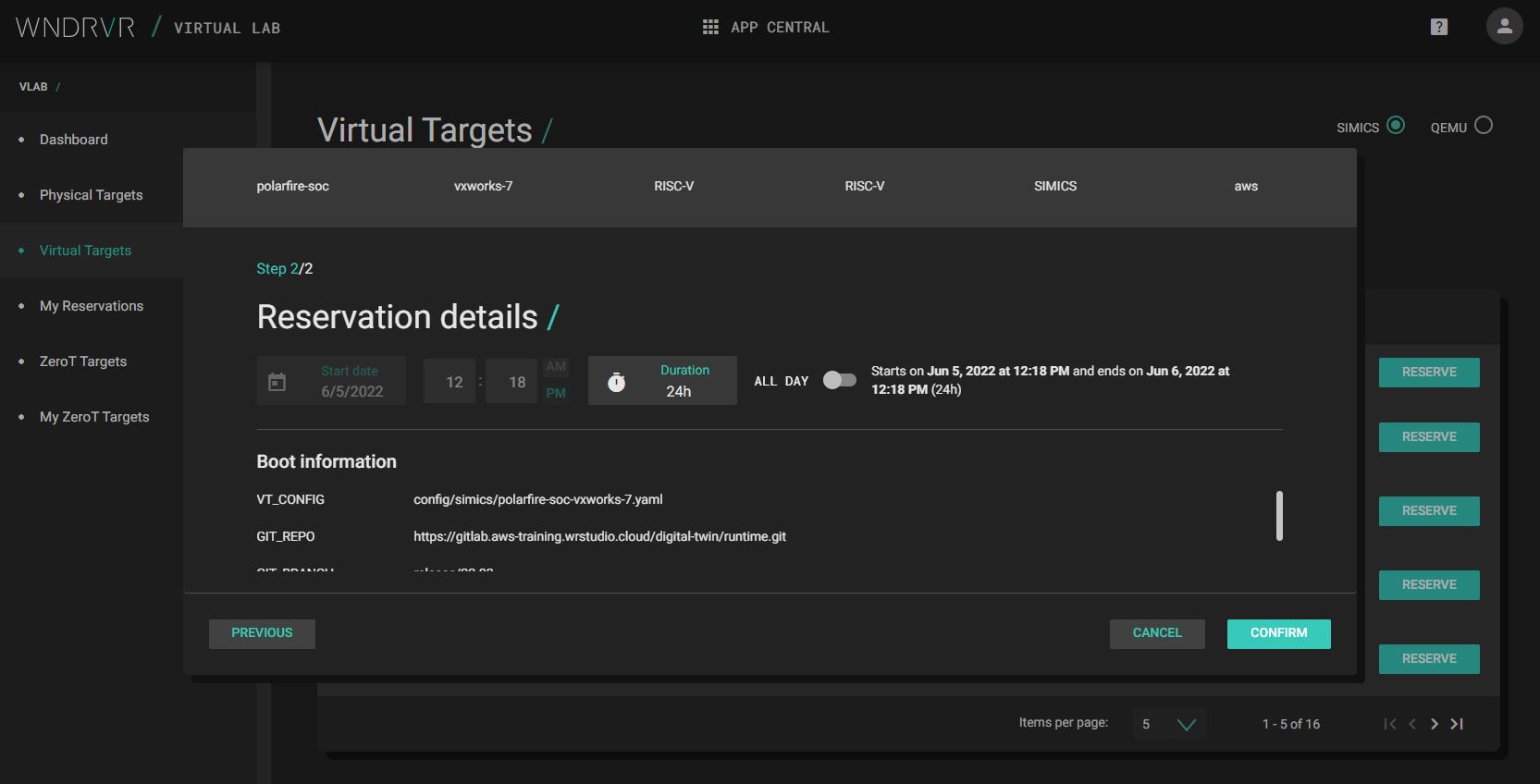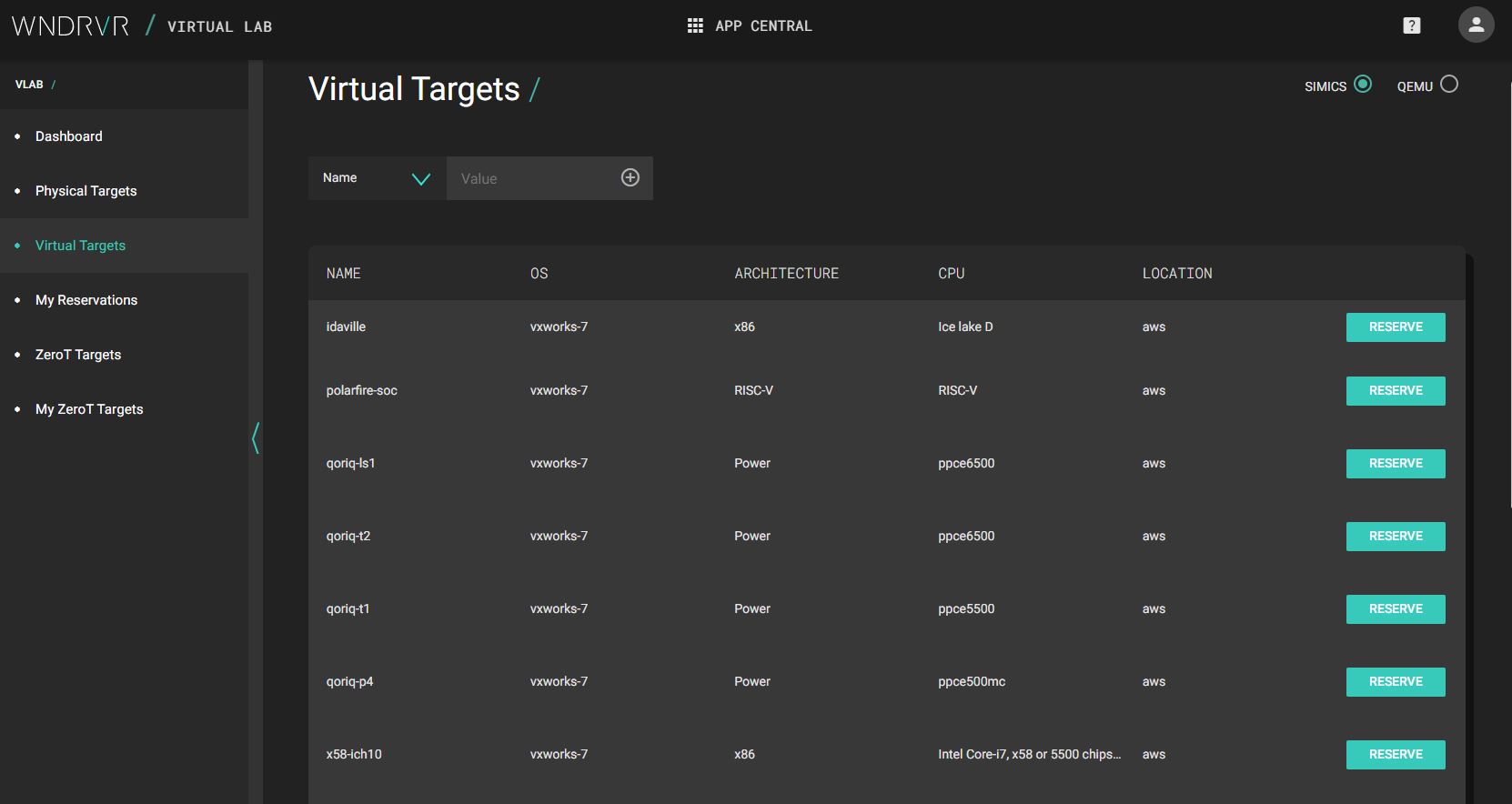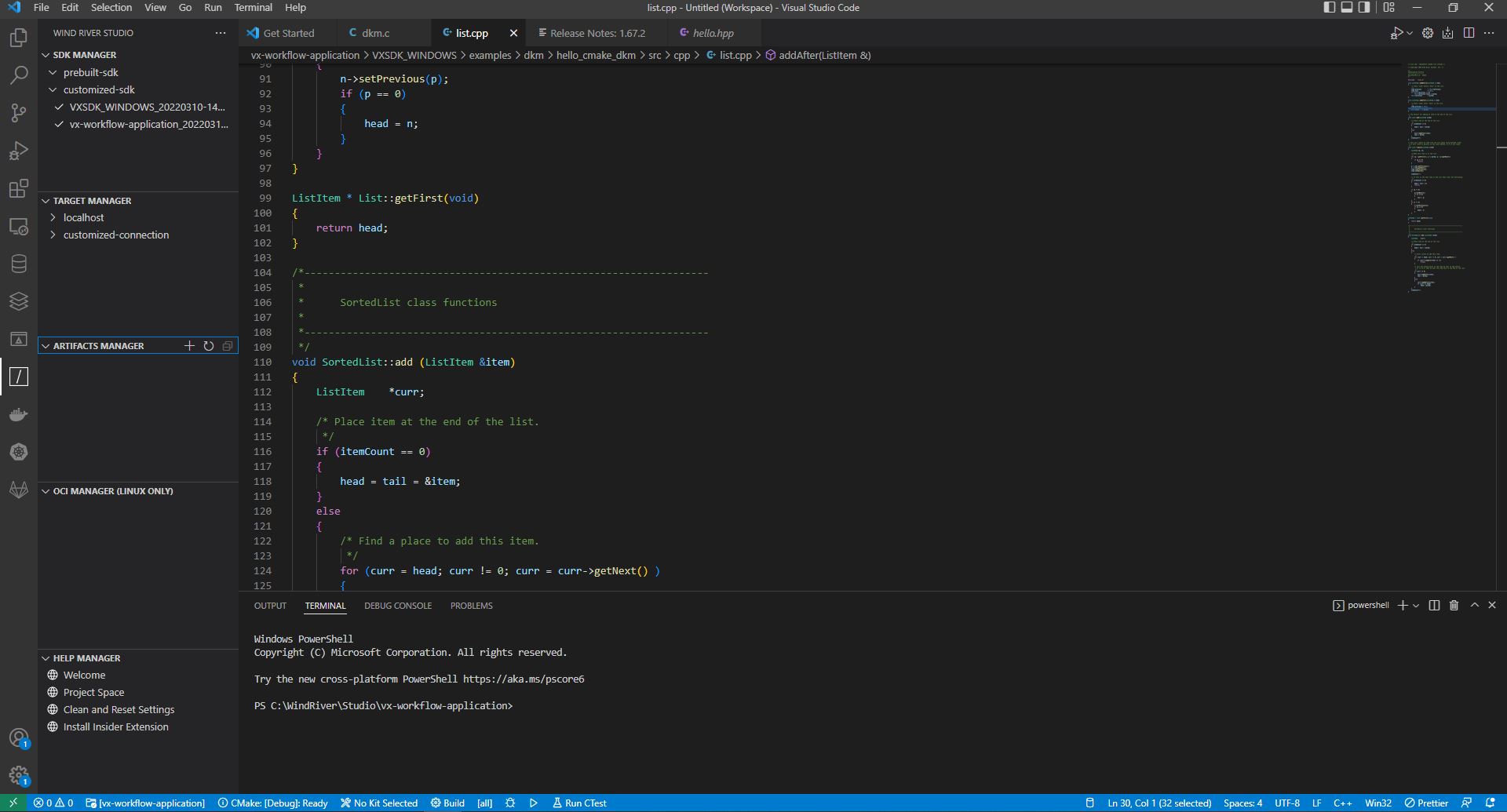WIND RIVER STUDIO: DEPLOY
Digital Twin
Wind River Studio cloud-native simulation platforms allow you to create simulated digital twins of highly complex real-world systems for automated testing and debugging of complex problems.
Digital twins enable remote development teams to innovate, share test assets, and collaborate.
Deploy device software to high-performance, cloud-native simulation platforms in Wind River® Studio for testing in all phases of development, from unit testing to system-level testing and debugging. This cloud-native environment provides ubiquitous access and almost unlimited resources to execute simulation technology at scale.
Wind River Studio Digital Twin Solutions
System Simulation
Full-system simulator used by software developers to simulate the hardware of complex electronic systems. Allows on-demand and easy access to any target system, more efficient collaboration between developers, and more efficient and stable automation. Hardware simulation can be used within the Studio environment for application development and as a testing platform from the Studio UI, from Visual Studio, and from a command-line interface.
Virtual Lab
Cloud-native reservation system hosting embedded hardware targets and large-scale simulation resources. Ensures that dispersed development teams have high availability of embedded targets to debug and test.
CREATE SCALE AND AUTOMATION WITH
DIGITAL TWINS
Create digital twins of complex systems and speed software development using cloud-scale simulation to test an almost unlimited set of deployment scenarios.
See how to create digital twins to enable software development and system testing in your DevOps environment.
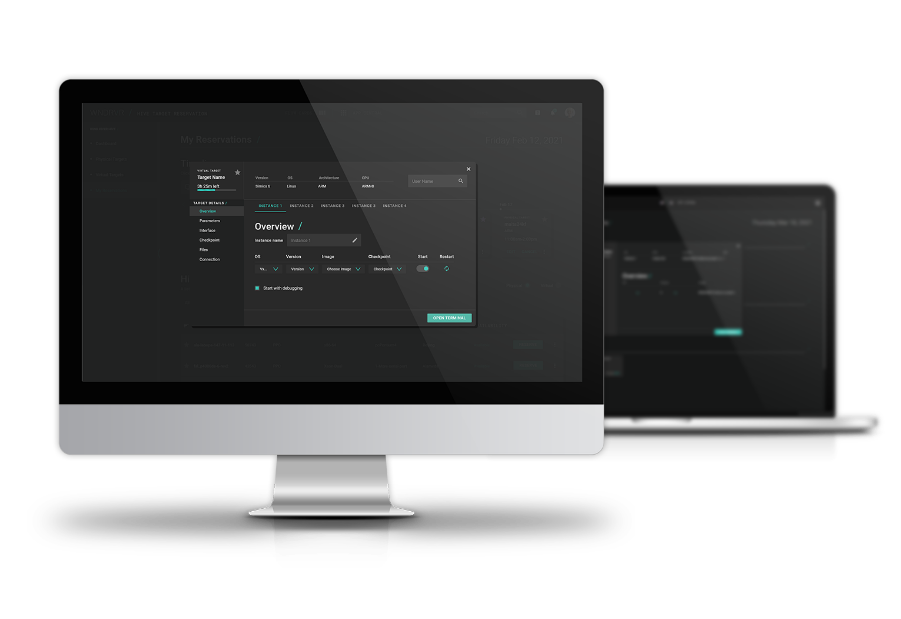
Better collaboration
Get access to targets through simulation, even before hardware is available, while sharing tools, data, and assets for efficient cross-functional teams.
Unlimited access
Studio enables a virtual alternative access to physical hardware, greatly increasing engineering efficiency and lowering your overall product lifecycle costs through automation, from prototyping and development to deployment and maintenance.
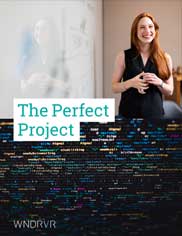
The Perfect Project
Do you dream of executing a perfect project? This paper will show you how by piecing together real-life experiences of Simics customers.
Read the Paper »

